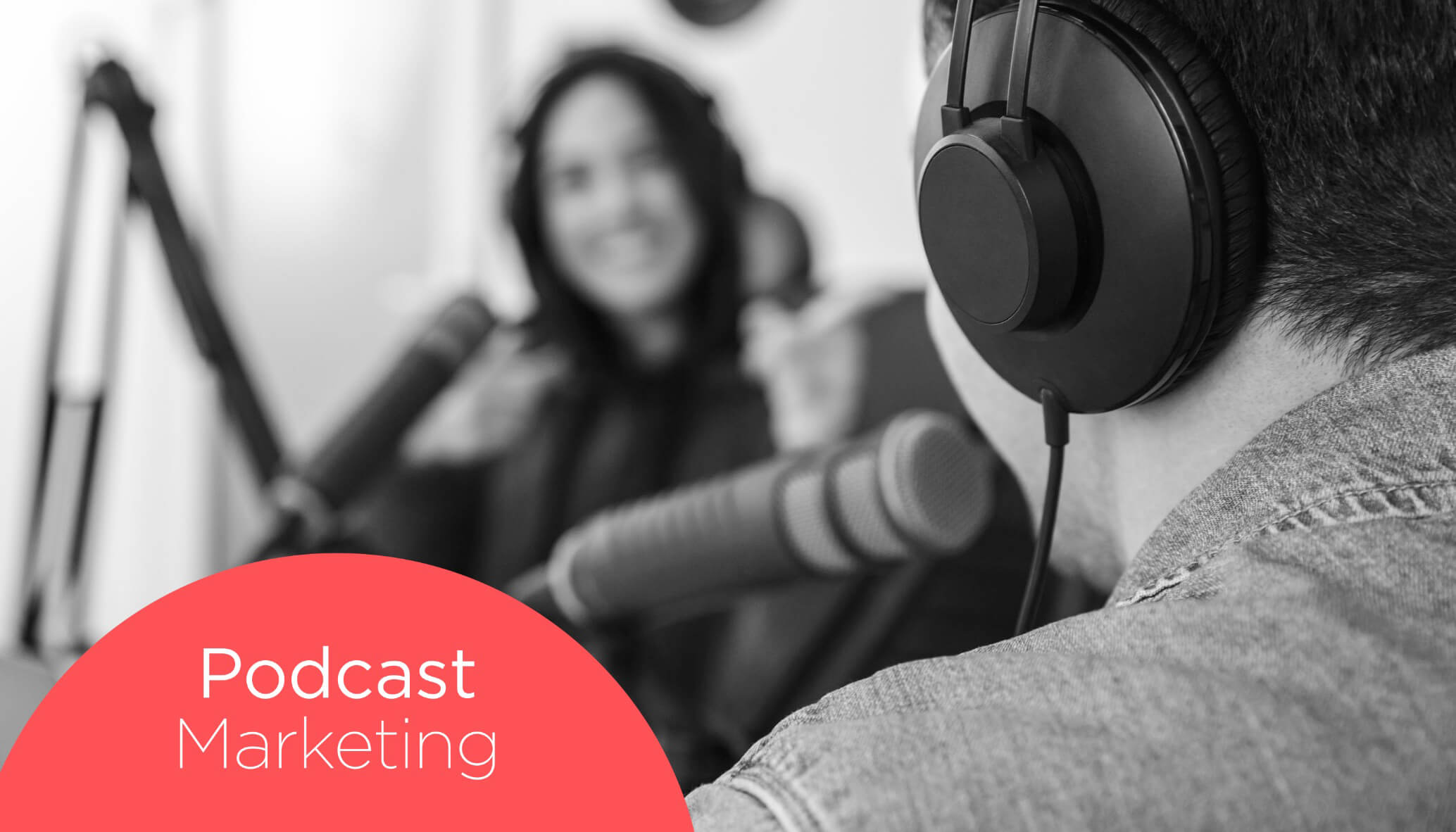Podcasts are among the fastest growing forms of online content. According to Podcast Insights, the number of active podcast episodes increased from 18.5 million to over 48 million between 2018 and 2021. That’s almost tripling in three years. Although podcasts may not be as popular as blogs and video content, those numbers show they’re well on their way.
The steady growth could be from a number of things but a big one would be that they’re easy. Easy to produce. Easy to distribute. And very easy to consume. People listen to them at the gym, on their walks, while they’re commuting or driving or just doing things around the house.
No wonder so many businesses, including B2B and NFPs, have already started to embrace podcast marketing as an integral part of their marketing strategies.
Recent findings found that people who listen to podcasts are more likely to buy from a brand that advertises on podcasts. It only makes sense- those people are getting more exposure and building a stronger rapport with that business. The business gets to strengthen its brand image and cement itself in the listeners’ minds as a thought leader on the topic.
How to include Podcasts in your Marketing Strategy
Whether you’re a B2B company or a non-profit organisation, educating your audience and keeping them informed should be one of your top priorities.
Why? Because these activities are crucial parts of the Customer Value Journey which helps you convert total strangers to loyal customers and enthusiastic advocates of your business.
According to Digital Marketer, there are about 8 steps involved in this journey and everything starts with creating awareness and engagement through ‘top of the funnel’ content. That is- content aimed at people just starting to realise they have an issue you could solve for them. Given how casually people consume podcasts, they’re the perfect medium to deliver this kind of content.
Why are Podcasts so effective?
Podcasts are effective for three basic reasons:
- They’re relatable
Hearing someone have a conversation allows your audience to engage with you on a deeper and more personal level. People will always find your stories relatable when you tell them in a passionate way.
This is particularly important in the non-profit sector, where storytelling and appealing to emotion has such a large impact on success. - Their impact is measurable
Measuring ROI can be complicated if you’re not a whizz at Google Analytics. With podcasts, all you have to look at is downloads and impressions. Easy! - They’re easy to integrate into your current marketing strategy
Stuck for ideas for your podcast? Look at your current content and find the best performing topics (or just your favourite ones) from your blog posts or videos and there you go! A podcast topic and outline
ready to go.
How to create effective Podcasts
With all this talk of podcasts, you must be raring to go make one now. Just remember that the point of having a podcast isn’t just ‘having a podcast’. The goal is to connect with people, build thought leadership, and improve your business.
Here are 3 ways to make sure your podcast is as effective as possible:
- Have a Plan
A plan helps you stay focused and organised. It also creates a pathway for achieving your objectives and reaching your goals. - Add Personality to Your Content
People like to learn things from podcasts, but they also want to be entertained. That’s why it’s important to add a bit of personality to your podcast episode.
Try throwing in a few jokes, sharing your personal experiences and being honest and vulnerable about challenges you’ve faced - Be Consistent
In this age of low attention span, it’s important to always show up in your listeners’ notification feeds. It can be hard to be consistent with everything else going on. Make the effort to create a schedule and stick to it.
Podcast Marketing Best Practices (and examples!)
Done right, podcasting can be a goldmine- but you have to play by the rules. Here are some best practices you should know about, and some good examples to look at.
Good Sound Quality
No matter how great your podcast is, poor sound quality will (literally) turn off listeners. Invest in good microphones and recording equipment, craft a short but recognisable intro and outro, speak clearly, and edit each episode for flow.
Example: Philanthropy in Phocus.
Featured Guests
If you’re in the podcast business for the long haul, consider featuring other people on your show. This will not only increase your reach but also guarantee that you’ll always have fresh content to publish and can inject valuable different perspectives into the conversation.
EOFire generates 6 figures on a monthly basis- and they regularly interview a range of experts on their show.
Podcast Promotion
The best podcast in the world is wasted if nobody knows about it! You might get some traction purely with organic reach, but consciously promoting your podcast will see it growing in leaps and bounds. Focus on getting featured on other podcasts, syndicating your podcasts, invest in targeted ads, and link it in with your other content. If you’ve already got an audience, whether they’re an email list, blog readers, social followers or YouTube subscribers, link to your podcast there and see who makes the jump.
ZipRecruiter and Zoom are good examples of B2B companies investing in podcast advertising.
Congratulations. You survived your crash course in podcasting and marketing. Want to see these strategies in action?

